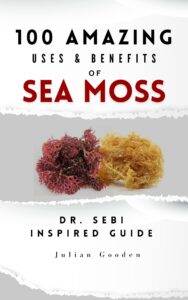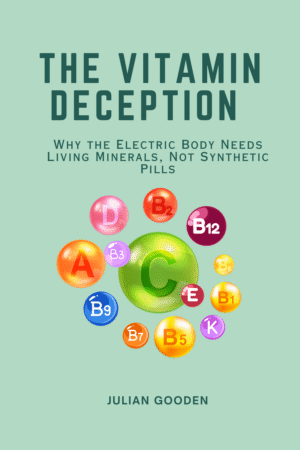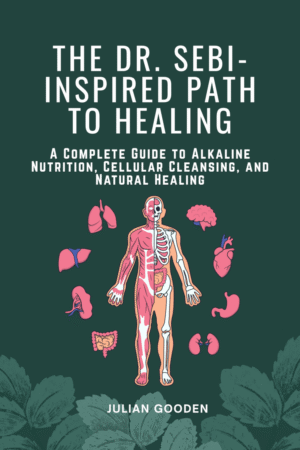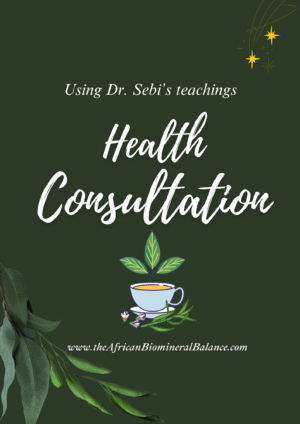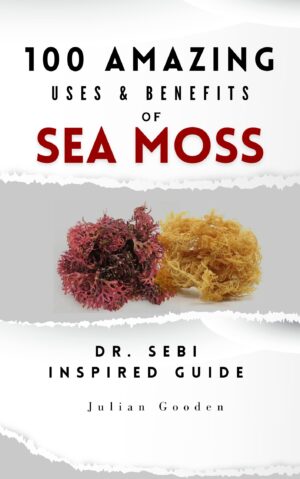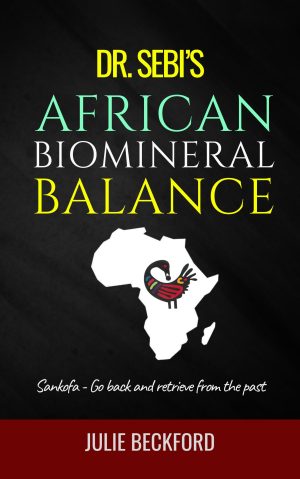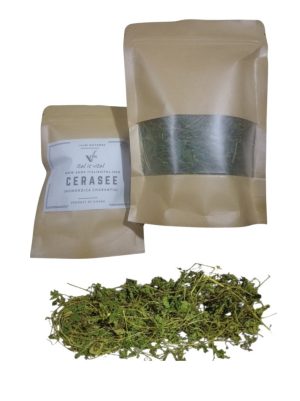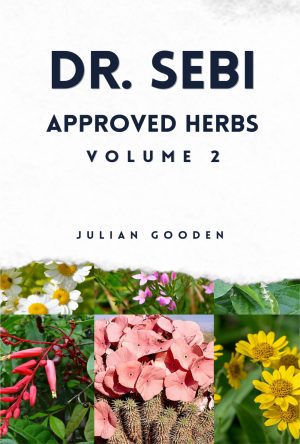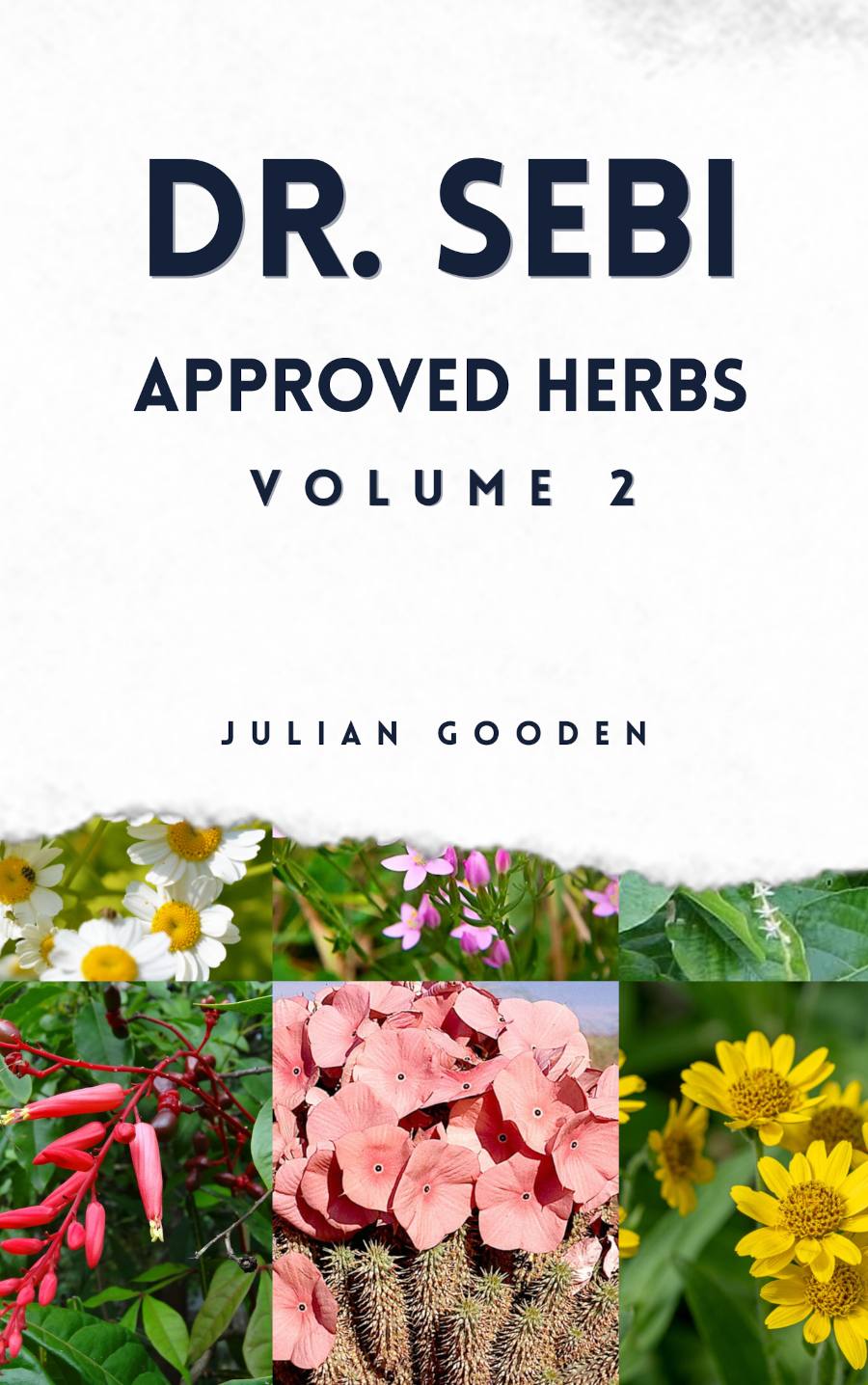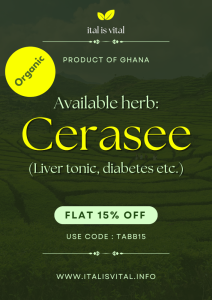When most people think of “healthy eating,” broccoli and cauliflower are usually at the top of the list. They’re praised in nutrition circles, added to countless health recipes, and often marketed as superfoods. But if you’re following Dr. Sebi’s African Biomineral Balance, these popular vegetables are not approved.
Dr. Sebi’s approach to nutrition wasn’t about following mainstream trends. Instead, he built his Nutritional Guide on foods that are alkaline, non-hybrid, natural, and rich in bioelectric energy – foods that feed the body on a cellular level. From that perspective, broccoli and cauliflower simply don’t make the cut. Let’s break down why.
1. Hybridization: Man-Made Foods vs. Natural Creations
Broccoli and cauliflower didn’t grow wild in nature. Both were created through selective breeding of the wild mustard plant (Brassica oleracea). While they’re not GMOs, they are still man-made hybrids.
From Dr. Sebi’s point of view, hybrid plants are incomplete. He often spoke about the “electrical structure” of natural plants – the mineral balance and bioelectric charge that make them compatible with the human body. Hybrids, he noted, are missing that full structure, which weakens their ability to truly nourish and heal.
2. Acidic Profile: Why pH Balance Matters
One of the pillars of the African Biomineral Balance is maintaining an alkaline environment in the body. Dr. Sebi taught that disease begins with excess mucus and acidity, and that alkaline foods help restore balance.
Broccoli and cauliflower lean toward the acidic side. They don’t fit into the category of “electric foods” that energize the body and keep the internal terrain clean.
3. Mucus Production: The Root of Disease
Dr. Sebi often repeated that “mucus is the cause of every disease.” Anything that encourages mucus buildup, whether in the respiratory system, digestive tract, or elsewhere, works against health.
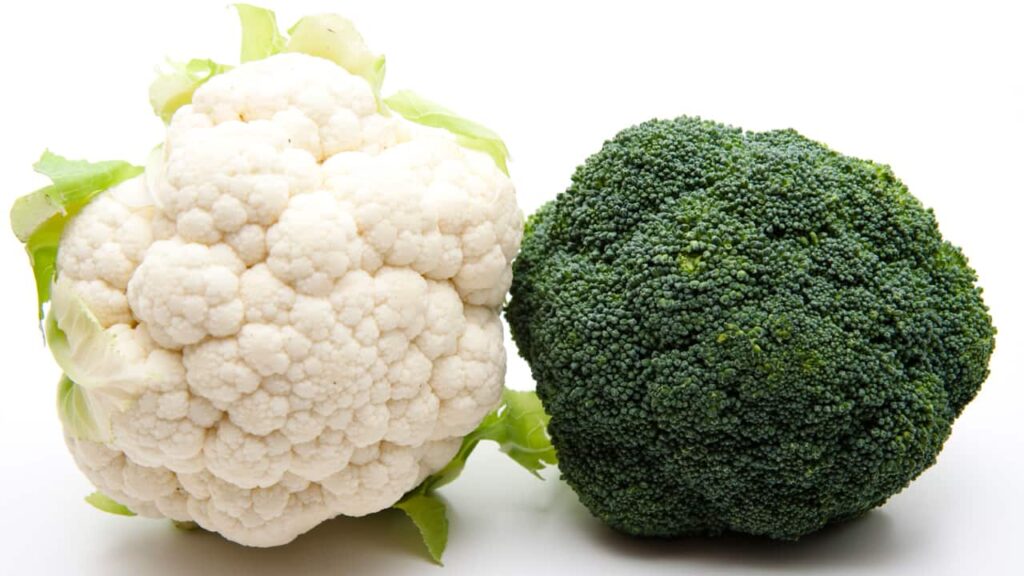
Was Broccoli Ever on the Nutritional Guide?
Yes. In fact, broccoli appeared in some of the earlier versions of Dr. Sebi’s guide, likely because of its chlorophyll and fiber content. But as he refined his methodology, it was removed. Why?
Because the approved list was reserved only for foods that are:
- Naturally occurring in the wild
- Non-hybrid
- Alkaline in nature
- Fully aligned with the body’s bioelectric system
Broccoli didn’t meet those standards, so it was permanently excluded.
What to Eat Instead: Dr. Sebi-Approved Greens
If you’re transitioning into an alkaline lifestyle, you don’t have to feel deprived. There are plenty of mineral-rich, “electric” greens that embody the principles of the African Biomineral Balance:
- Dandelion Greens – Naturally alkaline, excellent for cleansing and detox.
- Turnip Greens – Rich in iron and calcium, fully aligned with the alkaline lifestyle.
- Callaloo (Amaranth Greens) – A powerhouse of minerals and vitality.
- Lamb’s Quarters (Wild Spinach) – A wild, mineral-dense green with exceptional benefits.
- Kale (Curly Green or Purple, non-hybrid varieties) – Alkaline and nourishing when sourced correctly.
- Quintonil (Mexican Green, related to amaranth) – Deeply nutrient-packed, a traditional food in many cultures.
These foods not only provide nutrients but also carry the “electrical energy” that Dr. Sebi emphasized as key to true healing.
Final Thoughts
From a mainstream perspective, broccoli and cauliflower may look like health foods. But through the lens of the African Biomineral Balance, they don’t meet the standard of natural, alkaline, non-hybrid nourishment.
If your goal is to follow Dr. Sebi’s approach, the path is clear: skip the hybrids and turn to the wild, mineral-rich plants that align with the body’s natural design. That’s where true vitality lies.
References
- Dr. Sebi’s Nutritional Guide. Available through archived sources and websites dedicated to his work.
- Sebi, A. (1990s–2000s). Lectures and Interviews. Los Angeles, CA. [Audio/Video material where Dr. Sebi discusses hybrid foods and electrical structure.]
- Beckford, J. (2019). Dr. Sebi’s African Biomineral Balance. [Comprehensive text summarizing Sebi’s nutritional philosophy and approved foods.]
- Purugganan, M. D., & Fuller, D. Q. (2009). The nature of selection during plant domestication. Nature, 457(7231), 843–848.
- Dixon, G. R. (2006). Origins and diversity of Brassica and its relatives. Biological Sciences Review, 19(4), 16–20.
- U.S. Department of Agriculture (USDA) FoodData Central. (2023). Nutrient data for broccoli and cauliflower.
- Alkaline vs. Acidic Foods. (2020). Journal of Environmental and Public Health, Article ID 6397453. [Background on dietary acid load and pH balance.]
- Singh, M., Krikorian, A. D., & Jørgensen, J. B. (2017). Hybrid crops and nutritional implications. Plant Foods for Human Nutrition, 72(1), 10–19.




